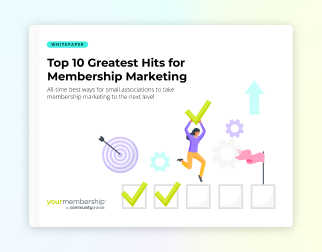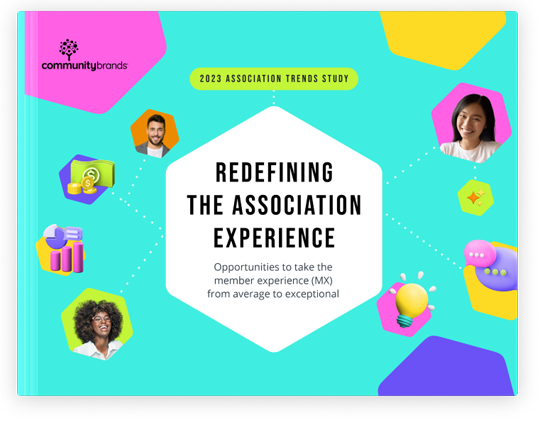It was bound to happen. Really, I held out for as long as I could.
At first, I resisted the hype around Amazon’s Alexa voice-activated assistant. I rolled my eyes at people using Alexa to turn on lights, listen to the news, order paper towels. Then, of course, it happened. Before last year’s Abila User Developer Conference (AUDC), the team wanted to develop a proof-of-concept to build an Alexa skill to enable clients to perform simple tasks using association management software.
So, naturally, I needed to get one. Hands on testing, you know.
That’s when my addiction began. I haven’t looked back. Neither have the 2.6 million other users who have invited this little device into their lives. With more than 15,000 skills available, Alexa has something for everyone. I’ve used it to estimate my commute time, order pizza, amuse my five-year-old son with a bedtime story, and offer me a round of applause. And then there’s always a “Flash Briefing”—a news summary which has quickly become a daily ritual in my house.
But, the value of Alexa extends well beyond personal entertainment and convenience. A recent report from consulting firm McKinsey anticipates 70 percent of the value created by internet-connected devices over the next decade will flow from business-to-business applications. Today, Alexa can share the weather or remind you about your 4PM call. Soon, she may take meetings off your calendar and pull data in real time to answer questions.
The technology is here, and it’s transformational.
How can associations take advantage?
Momentive Software Member Engagement Study showed, across all generations, members value getting information from their association—from news to the latest tips and tricks. What a great opportunity to create your own Alexa “Flash Briefing!”
The study also showed one of the most valued benefits organizations provide is their Code of Ethics. Why not create an Alexa skill which allows members to ask questions about the best practices governing their profession and have them answered in real time?
The list goes on and on. So, how can you get started? Here are 3 tips to get your wheels (or Echo Dots) turning.
Tell a strong story.
Research shows people are less likely to remember audio-only messages versus audio-visual stimuli, and Alexa relies on audio. Without great stock images, infographics and other compelling visuals, organizations will need to remaster the art of the narrative, creating mental images with language and generating the right response without the aid of a camera. Think through what you’re saying, why you’re saying it, and why it matters to your members. Make the most of every word.
Short and sweet.
With an average session time of a bit over one minute, your window of opportunity to engage a user via Alexa is fleeting. These are the realities of the multi-tasking, multi-device consumer! Ensure you make the most of these micro-moments by talking to your members and understanding what they want to know.
Ask and Answer.
Want to think a little bigger and start conceptualizing an interactive skill beyond a “Flash Briefing?” Remember, in a voice-activated environment, users ask questions in more natural language than they’d use typing at a keyboard. Consider not only how you’d answer a question, but how your member might ask for the information.






